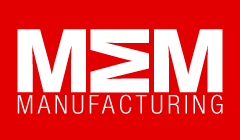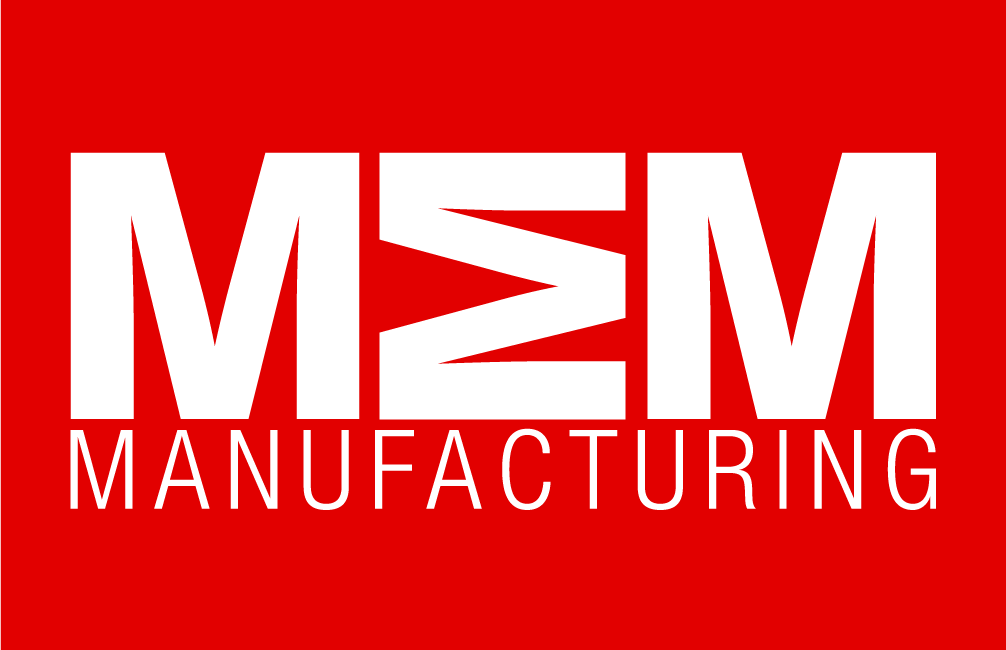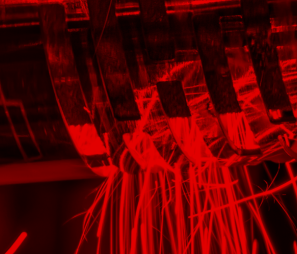Introduction to 3D Printing with PµSL : Small devices that require high precision, high resolution, and high accuracy are all around us. From the electronic connectors in cellphones to the tiny valves in medical pumps, these devices aren’t just small in size; many have small features with significant complexity. Historically, micro CNC machining and micro injection molding were the only way to make precise parts like this. Both methods require paying for and waiting for tooling, which adds project costs and lengthens time-to-market.
Additive manufacturing, or 3D printing, doesn’t require molds or tools. Moreover, it can reduce the time from concept to prototyping to low-volume production. Yet most 3D printers aren’t able to make small parts with high precision, resolution, and accuracy. Now that’s all changing. PµSL technology is capable of 3D printing small parts down to 2µm resolution and +/- 10 µm accuracy at scale.
Within a BMF microArch™ 3D printing system, UV light is projected onto a DLP chip according to the layer’s mask pattern. By controlling the projection lens, PµSL technology can achieve resolutions of several micrometers or hundreds of nanometers. UV-curable materials include plastic resins that are rigid, tough, high-temperature resistant, biocompatible, flexible, or transparent. In addition to engineering and biomedical plastics, PµSL technology supports the use of hydrogels and composite resins that contain ceramic or metal particles.
PµSL vs. Competing Technologies
PµSL technology represents the nexus of two major technology trends: 3D printing and miniaturization. Part of what’s limiting miniaturization, however, is the difficulty in prototyping and cost effectively manufacturing small parts. Historically, the requirements for producing these parts have been beyond the capabilities of 3D printers. Today, BMF is the only company in the world to provide a 3D printing solution that matches precision injection molding in terms of resolution, size and tolerance.
PµSL is superior to other 3D printing technologies for small parts that require high precision, resolution, and accuracy at faster speeds. Traditional SLA systems are only capable of medium- precision parts at slower speeds. Fused deposition modeling (FDM), another common 3D printing technology, is limited to low-precision parts with rough surfaces. Inkjet technology offers fast speeds, but with limited materials. Two-photon polymerization based direct laser writing (TPP-DLW) can produce small parts in ultra-high precision, but it’s a slow process with greater precision than many applications need.
Micro injection molding and micro CNC machining are still options, of course, but require expensive and time consuming tooling and set up. They are not cost-efficient for prototyping and low-volume production. Cross-over volume, the point at which these processes become economical, is in the low thousands for most types of parts. For small, high-precision parts, the cross-over volume is significantly greater because the tooling costs are so high. Typically, parts that are micro injection molded or micro CNC machined have tooling that costs hundreds of thousands of dollars. The lead times for this tooling are measured in months or many weeks. PµSL technology is ideal for electronics, medical devices, microfluidics, filtration, and micro electromechanical systems (MEMS) and can save the end user substantial time and money vs traditional manufacturing methods.
Manufacturing & Engineering Magazine | The Home of Manufacturing Industry News















